For years, minimalism, with its emphasis on decluttered spaces and neutral color palettes like beige, has been a dominant force in American home design. Characterized by clean lines, sparse decor, and a focus on functionality, this aesthetic promised tranquility and a sense of calm. However, recent trends suggest a shift away from this stark simplicity, with many homeowners embracing warmer colors, maximalist decor, and a more personalized approach to their living spaces. These emerging signs indicate that the grip of strict minimalism may be loosening on American homes.
1. The Return of Warm Color Palettes
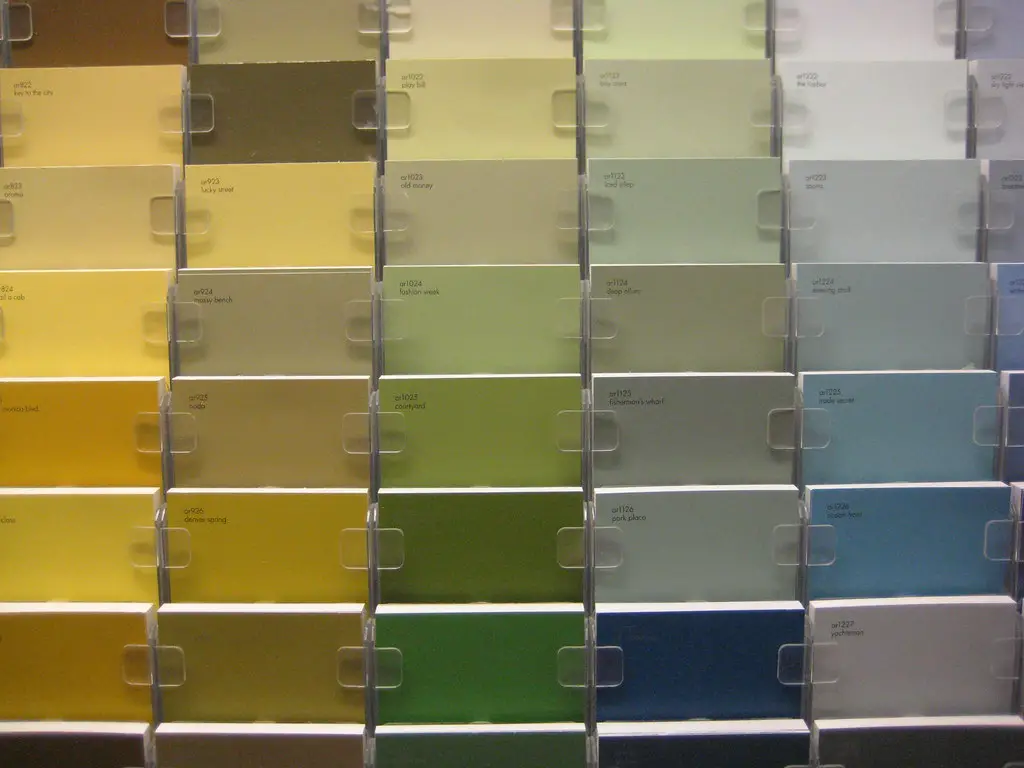
After years of cool grays and stark whites dominating interiors, warmer color palettes are making a significant comeback. Shades of terracotta, mustard yellow, olive green, and even richer jewel tones are appearing on walls, furniture, and accent pieces. According to a report by Sherwin-Williams, their color of the year for recent years has reflected this move towards warmer, more comforting hues. This shift indicates a desire for spaces that feel cozier and more inviting than the often cool and austere minimalist aesthetic. The embrace of these warmer colors signals a move towards greater visual comfort.
This return to warmer tones can be seen as a reaction against the perceived coldness and impersonality of strict minimalism. Homeowners are increasingly seeking to create environments that feel nurturing and reflective of their individual personalities. These warmer colors can evoke feelings of comfort, energy, and connection, contrasting with the often more detached feeling of minimalist spaces dominated by neutrals. This change in color preference is a clear indicator of evolving design tastes.
2. The Rise of Maximalism and Curated Clutter
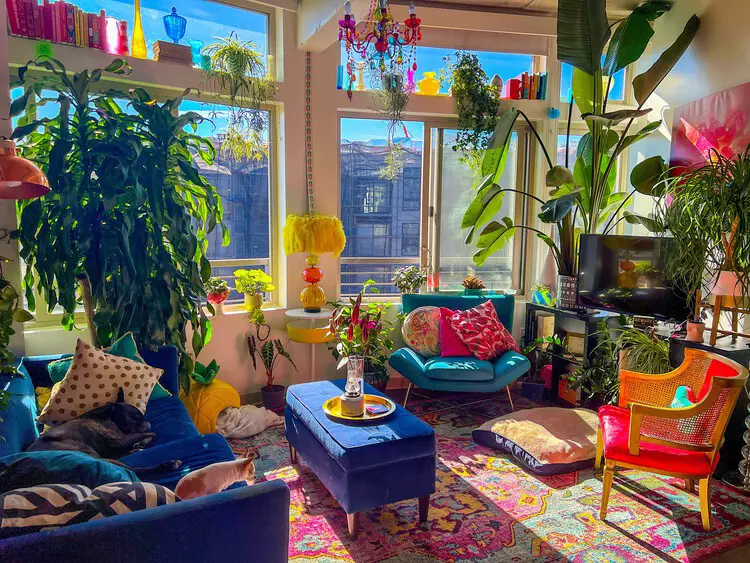
In stark contrast to the minimalist ethos of “less is more,” maximalism is gaining traction, characterized by layered textures, bold patterns, and a celebration of personal collections. Instead of decluttering every surface, maximalists embrace the display of cherished objects and accumulated treasures. As noted by interior design magazines like House Beautiful, this trend reflects a desire for homes that tell a story and showcase the unique personalities of their inhabitants. This move towards maximalism directly challenges the core tenets of minimalism.
This embrace of curated clutter and vibrant eclecticism suggests a desire for more visually stimulating and personally expressive interiors. Homeowners are becoming more comfortable surrounding themselves with items they love, even if it means a departure from strict order and simplicity. This trend celebrates individuality and the joy of collecting, standing in direct opposition to the minimalist focus on paring down possessions. The rise of maximalism indicates a significant shift in design philosophy.
3. The Popularity of Textured Walls and Wallpaper
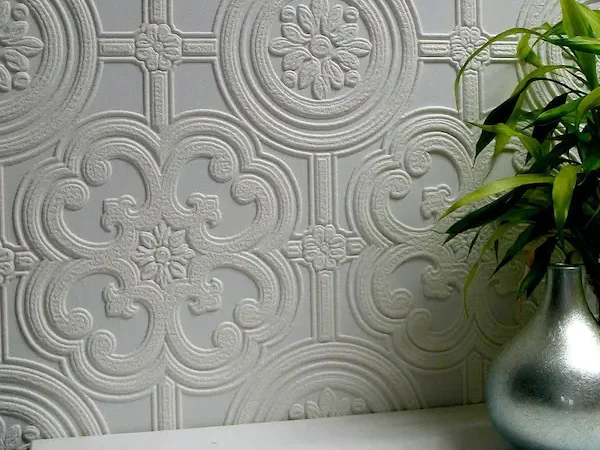
While minimalist walls were often painted in flat, neutral colors, there’s a growing interest in adding texture and pattern through wallpaper and textured paint finishes. Bold floral prints, geometric designs, and tactile surfaces are appearing in more and more homes. According to trends reported by wallpaper manufacturers like Graham & Brown, intricate and colorful patterns are experiencing a resurgence in popularity. This move away from plain walls adds depth and visual interest that was often absent in minimalist designs.
The use of textured walls and vibrant wallpapers allows homeowners to inject personality and character into their spaces in a way that minimalist aesthetics often discouraged. These bolder wall treatments can create a focal point and add a layer of visual richness to a room. This trend reflects a desire for more visually engaging and less uniform interiors, signaling a departure from minimalist norms.
4. The Embrace of Eclectic Decor
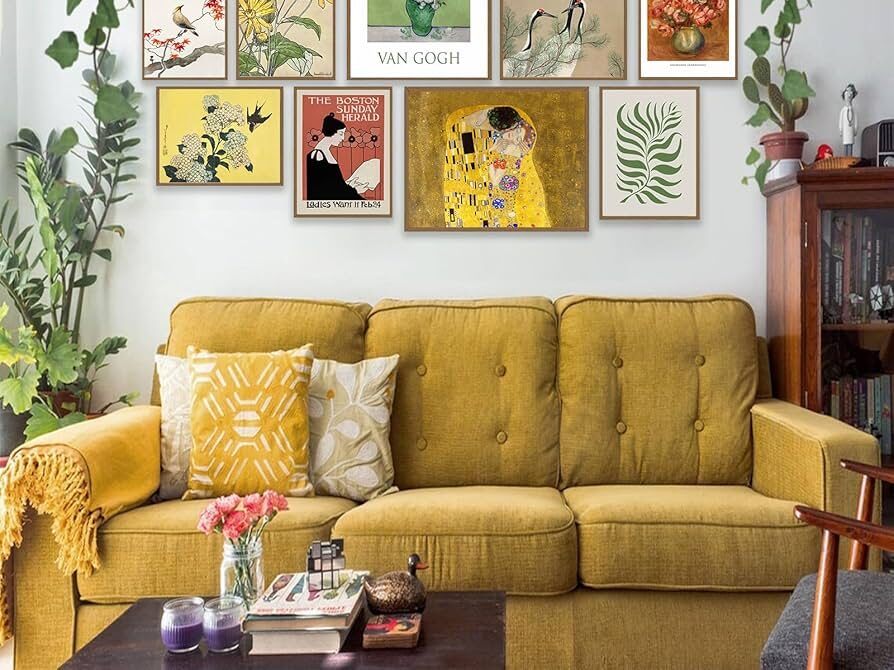
Instead of adhering to a single, streamlined style, many homeowners are now embracing eclectic decor, mixing furniture and accessories from different eras and styles. This approach celebrates individuality and the blending of personal tastes, resulting in spaces that feel unique and collected over time, says Decorilla. As seen in the work of many contemporary interior designers, this willingness to mix and match defies the strict uniformity often associated with minimalism. This trend suggests a move towards more personalized and less prescriptive interiors.
The embrace of eclectic decor allows for greater freedom of expression and the incorporation of items with sentimental value, regardless of whether they fit a specific aesthetic. This approach prioritizes comfort and personal connection over strict adherence to design rules. The resulting spaces often feel warmer, more inviting, and more reflective of the inhabitants’ life experiences, contrasting with the often more impersonal nature of minimalist spaces.
5. The Decline of All-White Kitchens
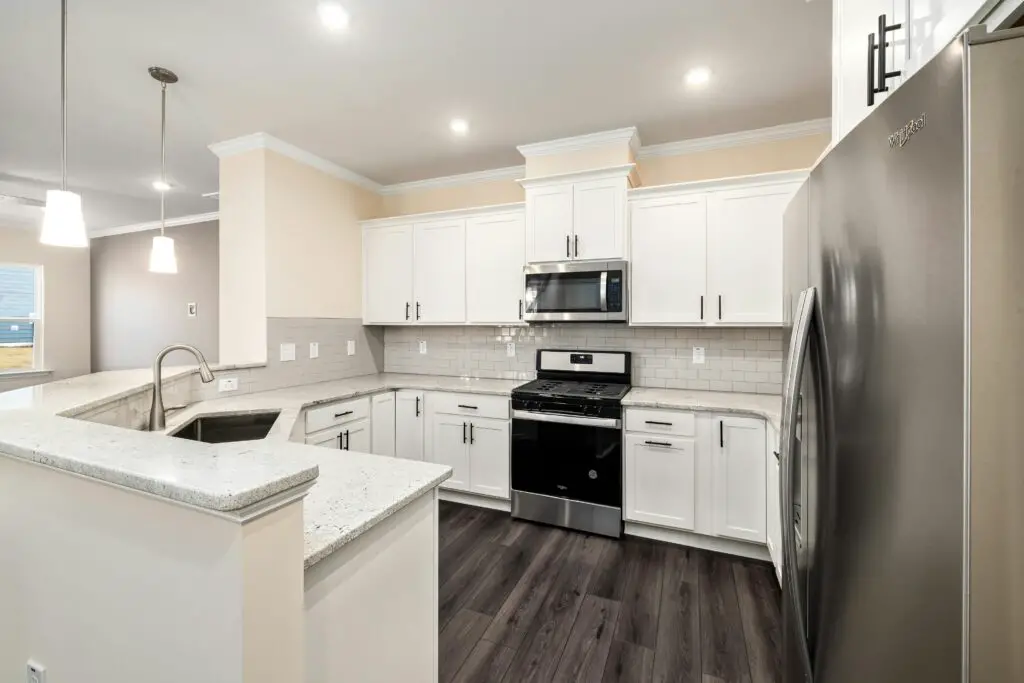
While the all-white kitchen was a hallmark of minimalist design, there’s a growing trend towards incorporating color and warmer materials in kitchen renovations. Cabinets in shades of blue, green, and even wood tones are becoming more popular. According to kitchen design trends reported by outlets like Kitchen & Bath Design News, homeowners are seeking kitchens that feel less sterile and more integrated with the rest of the home’s decor. This move away from stark white signifies a desire for more warmth and personality in the heart of the home.
The inclusion of colorful backsplashes, patterned flooring, and warmer metal finishes is also contributing to this shift away from the all-white minimalist kitchen. Homeowners are seeking to create kitchens that feel inviting and reflect their personal style rather than adhering to a purely functional and minimalist aesthetic. This trend indicates a desire for kitchens that are both beautiful and livable.
6. The Return of Comfort and Coziness
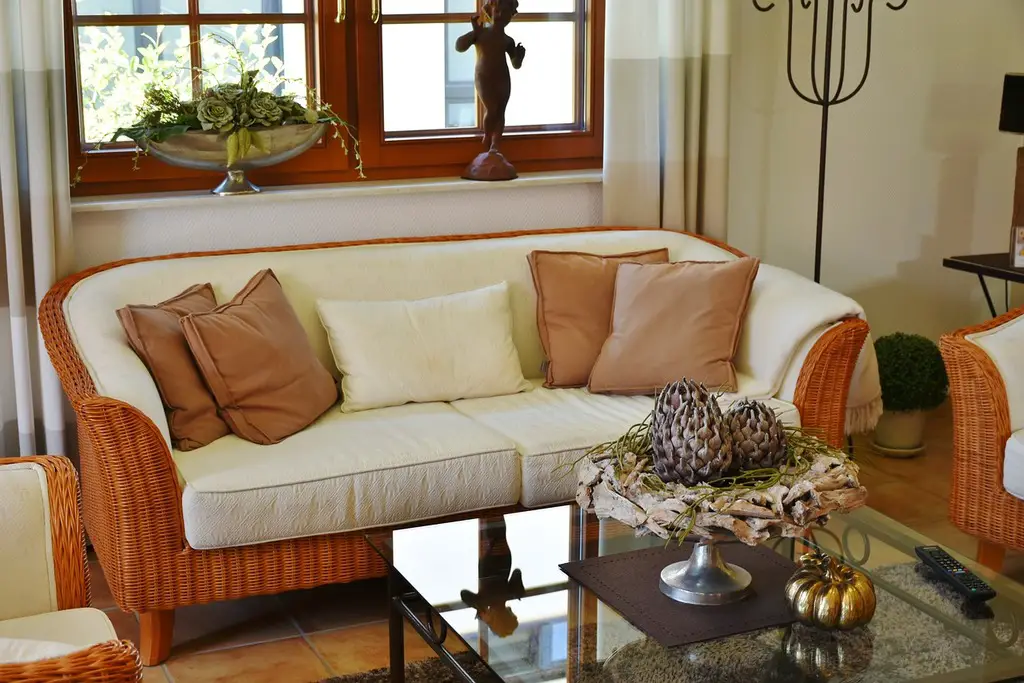
After years of prioritizing sleekness and simplicity, there’s a renewed emphasis on comfort and coziness in home design. Plush textures, soft lighting, and inviting furniture are taking precedence over hard surfaces and minimalist silhouettes. This shift reflects a desire for homes that feel like a sanctuary and provide a sense of warmth and relaxation. This focus on comfort directly contrasts with the often more austere nature of minimalist spaces.
The incorporation of elements like oversized throws, layered rugs, and comfortable armchairs signals a move towards creating more tactile and inviting environments. Homeowners are prioritizing how a space feels over how perfectly it adheres to a minimalist ideal. This emphasis on comfort and coziness suggests a desire for homes that are truly lived in and enjoyed.
7. The Celebration of Personal Collections and Sentimental Items
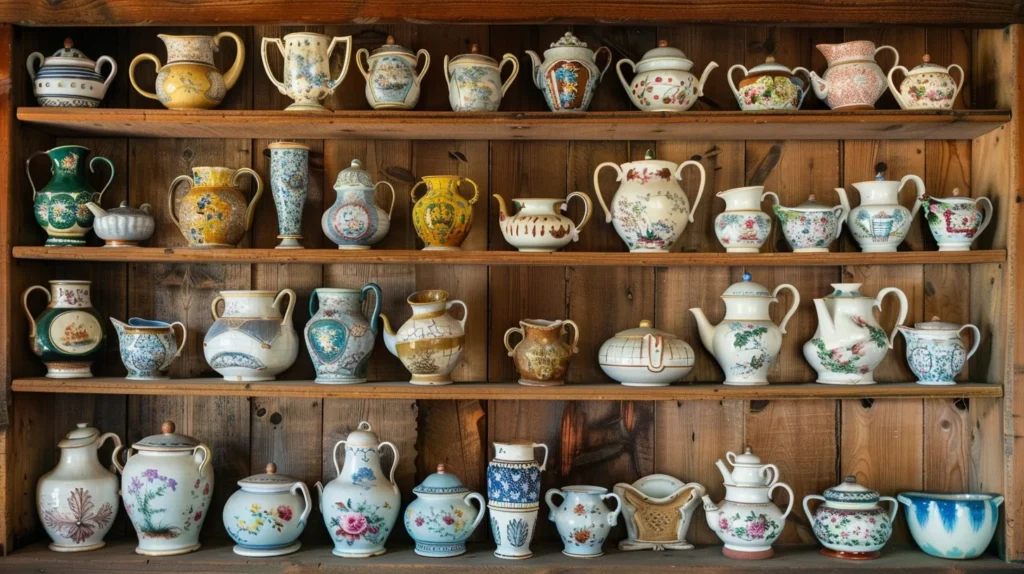
Minimalism often advocates for decluttering and getting rid of items that don’t serve a clear purpose. However, there’s a growing trend towards celebrating personal collections and displaying sentimental items that hold emotional value. These items, while they might add visual clutter, contribute to a sense of personal history and belonging within a home. This embrace of personal narratives directly opposes the minimalist focus on paring down possessions.
The display of books, artwork, family heirlooms, and travel souvenirs is becoming more common, reflecting a desire for homes that tell a story about the people who live there. These personal touches add character and warmth that can often be lacking in strictly minimalist spaces. This trend signifies a shift towards valuing personal connection and history in home decor.
8. The Use of Warmer Metals and Natural Materials
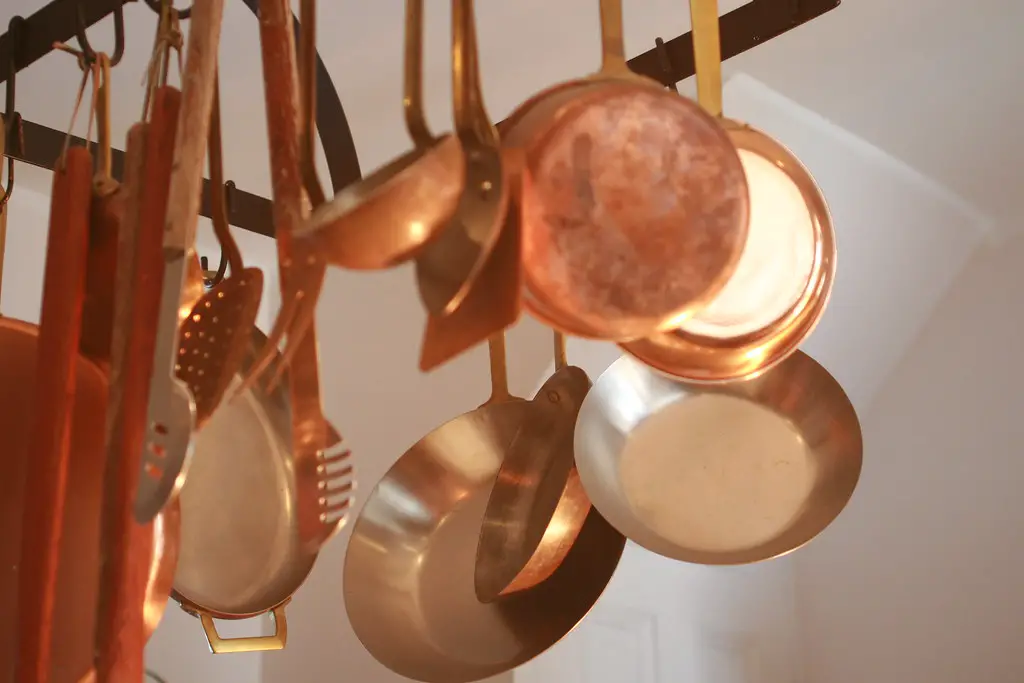
Minimalist design often favored cool metals like stainless steel and chrome. However, there’s a growing trend towards incorporating warmer metals like brass, gold, and copper, as well as natural materials like wood, rattan, and stone. These elements add warmth, texture, and a sense of organic beauty to interiors. This shift away from purely sleek and modern materials softens the overall aesthetic.
The incorporation of these warmer metals and natural materials brings a sense of earthiness and approachability to homes, contrasting with the often more industrial feel of minimalist spaces dominated by cool tones and synthetic materials. This trend reflects a desire for interiors that feel more grounded and connected to the natural world.
9. The Incorporation of Pattern and Bold Graphics

While minimalism often relied on solid, neutral colors, there’s a growing embrace of pattern and bold graphics in textiles, rugs, and artwork. Geometric prints, florals, and abstract designs are adding visual interest and personality to rooms. This move away from monochromatic schemes injects energy and vibrancy into interiors.
The use of pattern allows homeowners to express their individual style and create more dynamic and visually engaging spaces. Bold graphics can serve as focal points and add a sense of playfulness to a room. This trend signifies a move away from the often more subdued and uniform look of minimalist design.
10. The Focus on Creating “Zones” for Different Activities
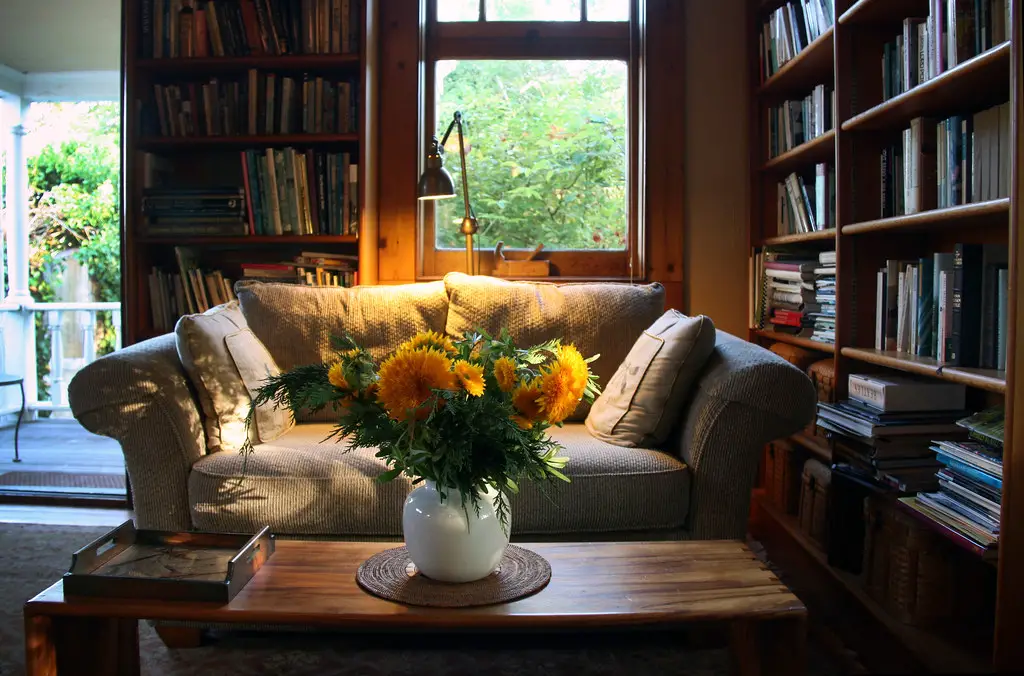
Instead of striving for a completely open and decluttered space, there’s a growing trend towards defining distinct zones within a home for different activities. This might involve creating a cozy reading nook, a dedicated home office corner, or a separate play area for children. This approach acknowledges the need for functionality and comfort within a shared living space, even if it means a less strictly minimalist aesthetic.
The creation of these defined zones allows for a more organized and practical approach to living, recognizing that different activities require different environments. This focus on functionality and comfort within specific areas can lead to more visually diverse and less uniformly minimalist spaces.
11. The Blurring Lines Between Indoor and Outdoor Spaces with Lush Greenery
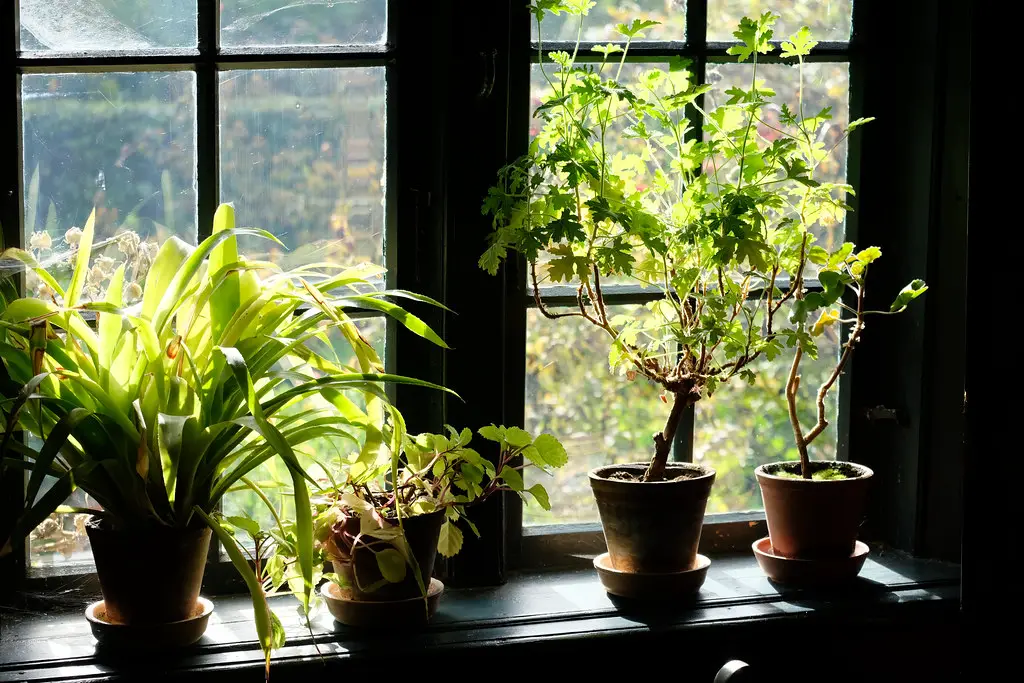
While minimalism often favored sparse decor, there’s a growing trend towards bringing the outdoors in with an abundance of indoor plants. Lush greenery adds color, texture, and a sense of life to interiors, blurring the lines between the indoors and outdoors. This incorporation of nature softens the often starkness of minimalist design and adds a sense of vitality.
The use of indoor plants not only enhances the aesthetic appeal of a home but also contributes to a sense of well-being and connection to the natural world. This trend reflects a desire for more organic and less sterile living environments, moving away from the often more artificial feel of strictly minimalist spaces.
12. The Emphasis on “Hygge” and Comfort-First Design

The Danish concept of “hygge,” which emphasizes coziness, comfort, and well-being, has gained popularity in American home design. This focus on creating warm, inviting, and comfortable spaces often involves incorporating soft textures, warm lighting, and personal touches that might be considered clutter in a strictly minimalist home. This comfort-first approach prioritizes feeling good in a space over adhering to rigid design rules.
The embrace of hygge signifies a shift towards valuing emotional comfort and a sense of home over the often more visually driven principles of minimalism. Creating a cozy and inviting atmosphere takes precedence over strict decluttering and sparse decor. This trend reflects a desire for homes that nurture and provide a sense of sanctuary.
13. A More Relaxed and “Lived-In” Aesthetic
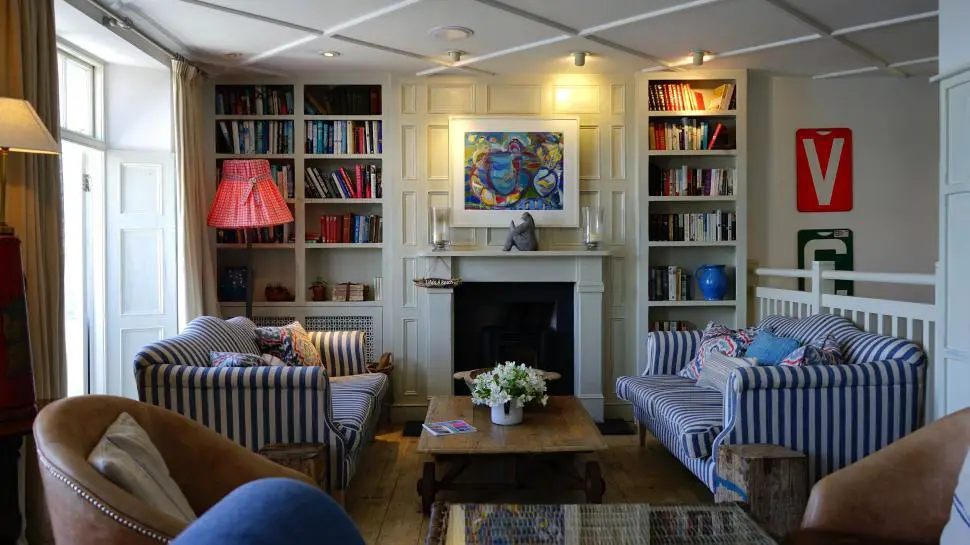
Overall, there’s a growing trend towards a more relaxed and “lived-in” aesthetic in American homes. Perfection and strict adherence to minimalist principles are being replaced by a desire for spaces that feel authentic, comfortable, and reflective of the people who inhabit them. This shift embraces imperfections and the natural accumulation of life, moving away from the often highly curated and less personal look of strict minimalism.
This embracing of a more relaxed aesthetic suggests a desire for homes that feel genuine and welcoming, rather than striving for an unattainable ideal of perfect simplicity. The focus is on creating spaces that support a comfortable and authentic lifestyle, even if it means a departure from the starkness of minimalism. This trend indicates a move towards more personal and less prescriptive home design.
